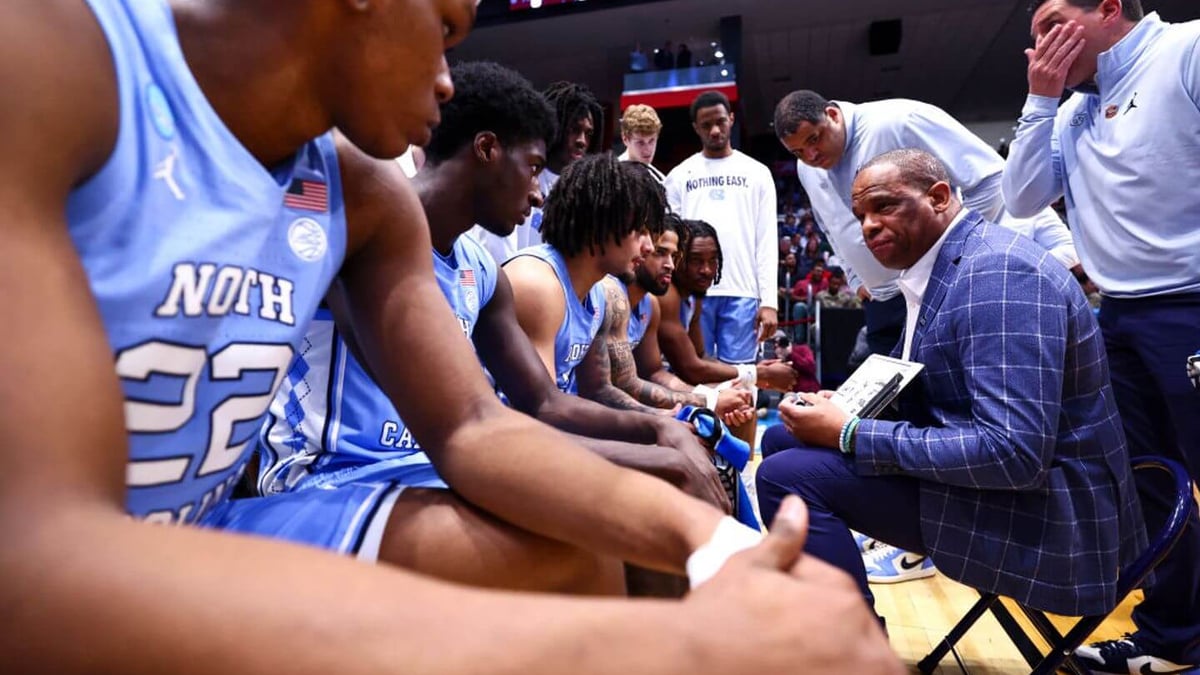Ohio State University has long been celebrated for its storied football program, with the annual spring game serving as a cherished tradition for fans and players alike. This event has traditionally offered a glimpse into the team’s upcoming season, featuring a full-scale scrimmage that pits the Scarlet team against the Gray team. However, recent developments suggest a significant shift in this tradition.
Transition to the Spring Showcase
In 2025, Ohio State announced the replacement of its traditional spring game with a “Spring Showcase” scheduled for April 12. This decision marks a departure from the customary format, which typically involves a full-contact scrimmage. While specific details about the new format remain limited, the university has indicated that the event will be more of an open practice rather than a competitive game.
Reasons Behind the Change
Several factors contribute to this shift in Ohio State’s spring football tradition:
-
Player Safety and Health: The physical demands of a full-contact scrimmage can increase the risk of injuries. By opting for a less intense format, the coaching staff aims to prioritize player well-being, especially following a grueling season.
-
Extended Season Fatigue: The 2024 season was notably extended due to the College Football Playoff expansion, leading to a 16-game schedule for the first time since 1894.
This extended season can lead to player fatigue, making a less demanding spring event more appealing.
-
Strategic Planning: Coaches may prefer controlled environments to evaluate players, reducing the risk of exposing proprietary strategies or player weaknesses to the public. This approach aligns with broader trends in college football, where some programs have moved away from traditional spring games to maintain competitive advantages.
Implications for Fans and the Program
The transition from a traditional spring game to a Spring Showcase has several implications:
-
Fan Engagement: Spring games have historically been a low-cost opportunity for fans to engage with the team. The shift to a less interactive format may affect fan attendance and enthusiasm. However, the university plans to host a pregame fan fest at Remembrance Park, featuring live entertainment, food, and giveaways, to maintain fan engagement.
-
Recruiting and Exposure: Traditional spring games often serve as a platform for showcasing talent to recruits and the public. A less publicized event may limit exposure but could also provide a more controlled environment for player evaluation.
-
Program Tradition: The change signifies a departure from a long-standing tradition, which may be met with mixed reactions from alumni and fans who value the historical aspect of the spring game.
Broader Trends in College Football
Ohio State’s decision mirrors a broader trend in college football, where several major programs are reevaluating the necessity and format of traditional spring games. Schools like Texas, Nebraska, and USC have also moved away from full-contact scrimmages, citing reasons such as player safety, fatigue, and strategic considerations.
Conclusion
Ohio State’s shift from a traditional spring game to a Spring Showcase reflects evolving priorities in college football, balancing player safety, strategic planning, and fan engagement. While this change marks a significant departure from tradition, it underscores the program’s commitment to adapting to the modern landscape of college athletics. As the event approaches, fans and stakeholders will be keenly observing how this new format unfolds and its impact on the team’s preparation and community engagement.



